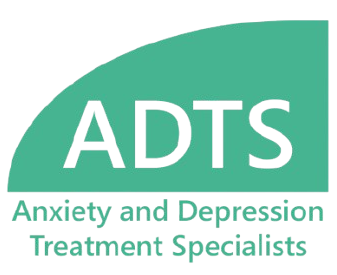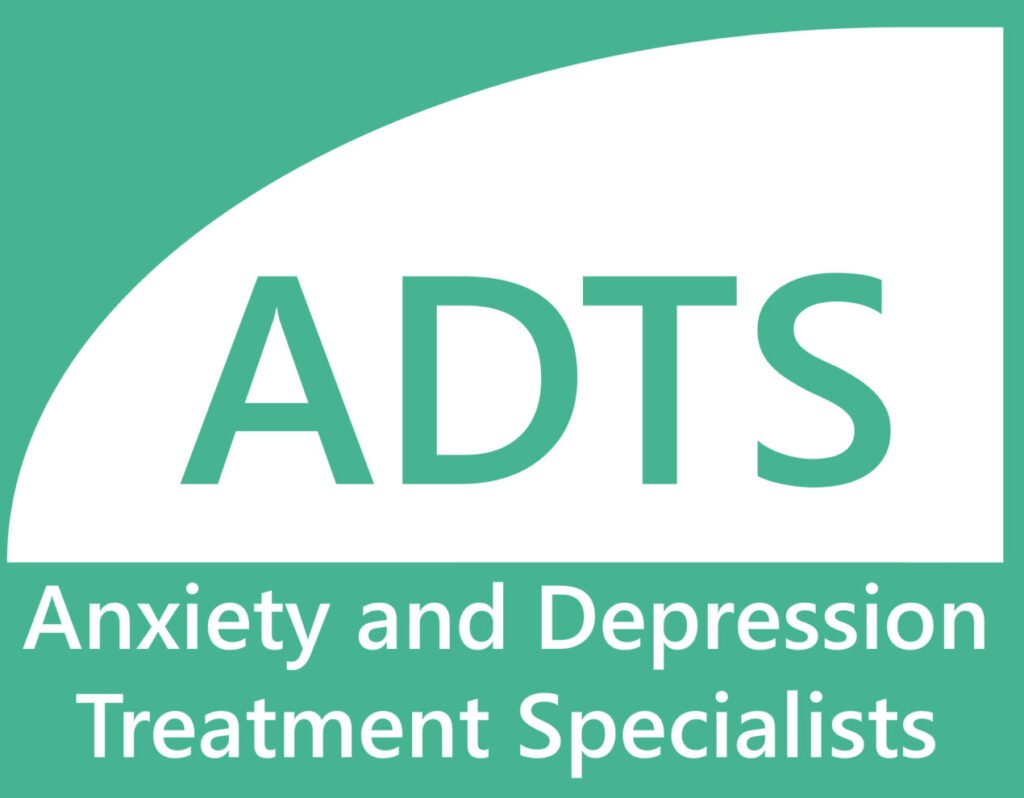Key points:
- Hidden depression often disguises itself as tiredness, irritability, lack of interest/motivation, or physical symptoms.
- Many people delay seeing a depression therapist in California or other specialists because they don’t recognize the signs.
- Early intervention with depression treatment specialists in California significantly improves outcomes and reduces long-term burden.
The invisible nature of hidden depression
Most people think of depression as consistently low mood, crying, or isolation – but that only captures part of the picture. A leading review of depression describes central features of depression that don’t always manifest as overt sadness, such as detachment, hopelessness, feeling numb, and feeling stuck (Fusar‐Poli et al., 2023). The diagnostic criteria for major depressive disorder list two core symptoms – depressed mood or loss of interest or pleasure (i.e., anhedonia) – but also include seven other symptoms: fatigue, sleep changes, trouble concentrating or making decisions, feeling physically agitated or slow, changes in appetite or weight, feelings of guilt or worthlessness, and thoughts of suicide (American Psychiatric Association, 2022). Because hidden depression shifts toward somatic or behavioral signs rather than overt mood, it’s often overlooked in both self-awareness and by health providers (Shetty et al., 2018).
What to look for: subtle warning signs
Here are lesser-known signs of hidden depression:
- Irritability, anger, or frustration (Judd et al., 2013).
- Loss of interest in previously enjoyable activities; withdrawal from friends or half-hearted participation (Craske et al., 2016).
- Changes in sleep (too much or too little), appetite, or weight (Kapfhammer, 2006).
- Feeling misunderstood or believing that others cannot grasp your experience of depression (Esposito et al., 2024).
If you see these signs in yourself or a loved one, it might not be “just tiredness” or “stress” – it may be time to consider reaching out to a qualified professional.
Why professional care matters
Getting timely help from a qualified professional like a depression therapist in California can prevent escalation. Research shows that people often fail to disclose depressive symptoms because they fear being prescribed medications, stigma, or that their doctor will minimize their distress (Bell et al., 2011). Working with depression treatment specialists in California – who have training, resources and familiarity with the local system – can make a difference. They are more likely to provide evidence-based assessment, monitoring, and therapy, which can improve outcomes. Moreover, therapeutic alliance (the connection and agreement between therapist and client) is a strong predictor of recovery from depression (Videtta et al., 2025).
Taking the next step
If you recognize several of the less obvious symptoms above, here’s what to do:
- Reach out to a qualified depression therapist in California.
- Ask about outcome monitoring – with depression treatment specialists in California who focus on evidence-based care, you can engage in symptom tracking and regular check-ins rather than vague “see how you go” approaches.
- Discuss your non-mood symptoms (fatigue, appetite/weight, isolation/withdrawal, irritability) – they matter alongside potential symptoms of depression or reduced interest/pleasure in daily activities.
- The sooner you act, the sooner you could improve your daily experience and potentially your long-term prognosis.
By recognizing hidden depression and working with trained professionals, you reclaim agency over your mental health and prevent years of silent struggle. You don’t have to do it alone.
References
American Psychiatric Association. (2022). Diagnostic and Statistical Manual of Mental Disorders (DSM-5-TR). American Psychiatric Association Publishing. https://doi.org/10.1176/appi.books.9780890425787
Bell, R. A., Franks, P., Duberstein, P. R., Epstein, R. M., Feldman, M. D., Garcia, E. F. y, & Kravitz, R. L. (2011). Suffering in Silence: Reasons for Not Disclosing Depression in Primary Care. Annals of Family Medicine, 9(5), 439–446. https://doi.org/10.1370/afm.1277
Craske, M. G., Meuret, A. E., Ritz, T., Treanor, M., & Dour, H. J. (2016). Treatment for Anhedonia: A Neuroscience Driven Approach. Depression and Anxiety, 33(10), 927–938. https://doi.org/10.1002/da.22490
Esposito, C. M., Mancini, M., Estradé, A., Rosfort, R., Fusar-Poli, P., & Stanghellini, G. (2024). How do depressed people feel perceived by others? A qualitative study from the patient’s perspective. Journal of Affective Disorders Reports, 16, 100776. https://doi.org/10.1016/j.jadr.2024.100776
Fusar‐Poli, P., Estradé, A., Stanghellini, G., Esposito, C. M., Rosfort, R., Mancini, M., Norman, P., Cullen, J., Adesina, M., Jimenez, G. B., da Cunha Lewin, C., Drah, E. A., Julien, M., Lamba, M., Mutura, E. M., Prawira, B., Sugianto, A., Teressa, J., White, L. A., … Maj, M. (2023). The lived experience of depression: A bottom‐up review co‐written by experts by experience and academics. World Psychiatry, 22(3), 352–365. https://doi.org/10.1002/wps.21111
Judd, L. L., Schettler, P. J., Coryell, W., Akiskal, H. S., & Fiedorowicz, J. G. (2013). Overt Irritability/Anger in Unipolar Major Depressive Episodes: Past and Current Characteristics and Implications for Long-term Course. JAMA Psychiatry, 70(11), 1171–1180. https://doi.org/10.1001/jamapsychiatry.2013.1957
Kapfhammer, H.-P. (2006). Somatic symptoms in depression. Dialogues in Clinical Neuroscience, 8(2), 227–239. https://doi.org/10.31887/DCNS.2006.8.2/hpkapfhammer
Shetty, P., Mane, A., Fulmali, S., & Uchit, G. (2018). Understanding masked depression: A Clinical scenario. Indian Journal of Psychiatry, 60(1), 97–102. https://doi.org/10.4103/psychiatry.IndianJPsychiatry_272_17
Videtta, G., Busilacchi, S., Bartoccioni, G., Cirella, L., Barone, Y., & Delvecchio, G. (2025). Effects of therapeutic alliance on patients with major depressive disorder: A literature review. Frontiers in Psychology, 15. https://doi.org/10.3389/fpsyg.2024.1465017


